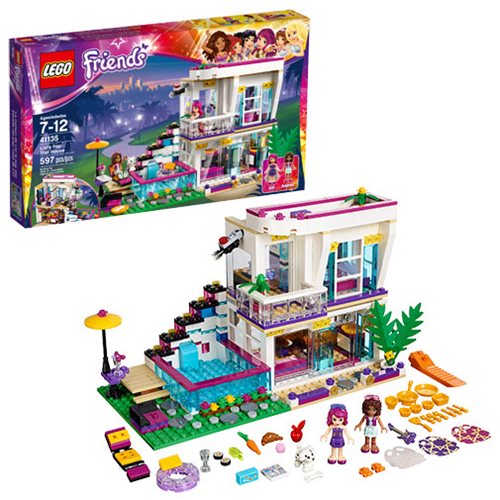The right toy can open up a whole new world to a child, helping them to develop both mentally and physically. However, the wrong toy can cause more harm than good.
Choosing toys for children is a very difficult task. Do you choose those that are right for their age but may be too advanced developmentally? Do you pick those that are right for their developmental age but are too old? It is a really tricky road to navigate, so here are a few guidelines to help you along the way.
Age appropriate toys – All toys are deemed fit for a certain age group. But if your child is developmentally more advanced than his age you may find that you are potentially faced with toys that are aimed at older children and so have small parts. These small parts could pose a risk of choking to younger children than they were intended for.
Developmentally appropriate – Children develop at different rates so when buying toys try to ensure that they are challenging but not so frustrating that the child gives up on them. Appropriate for their level of complexity is very important too, if toys have too many complex rules children will lose interest very quickly.
Longevity – Toys are expensive and you do not want to have to be replacing them every few weeks. Try to purchase toys that your child can grow with. Toys that can be differentiated for your child’s developmental stage. For example many activity tables are suitable from the age of 6 months right up to preschool. The activities can be made very simple for younger children, by pressing the buttons and listening to the songs but can then be made harder for older children by finding the correct coloured button. Learning the songs is always great for developing vocabulary.
Open ended play opportunities – This means that you provide an activity that has no set outcomes. Toys such as construction toys which offer the child the chance to make a robot, a tower, a house or anything they can imagine. Things that offer this are fantastic for all age groups as they offer them the chance to develop their creativity and imagination. Toys such as building blocks, paintings or play kitchens are just a few examples.
Interests and abilities – Children have very different interests and abilities. Children from the age of 18 months to 3 years usually enjoy toys that have a cause and effect. They like buttons to press, switches to turn and activating lights and sounds. While older children prefer toys that are more advanced. They like toys that enable them to play more socially with other children.
Whatever toy you decide to purchase just keep in mind the actual child you are buying for. Children can and will usually make any toy open ended play as they tend not to be so keen on following rules to begin with.


